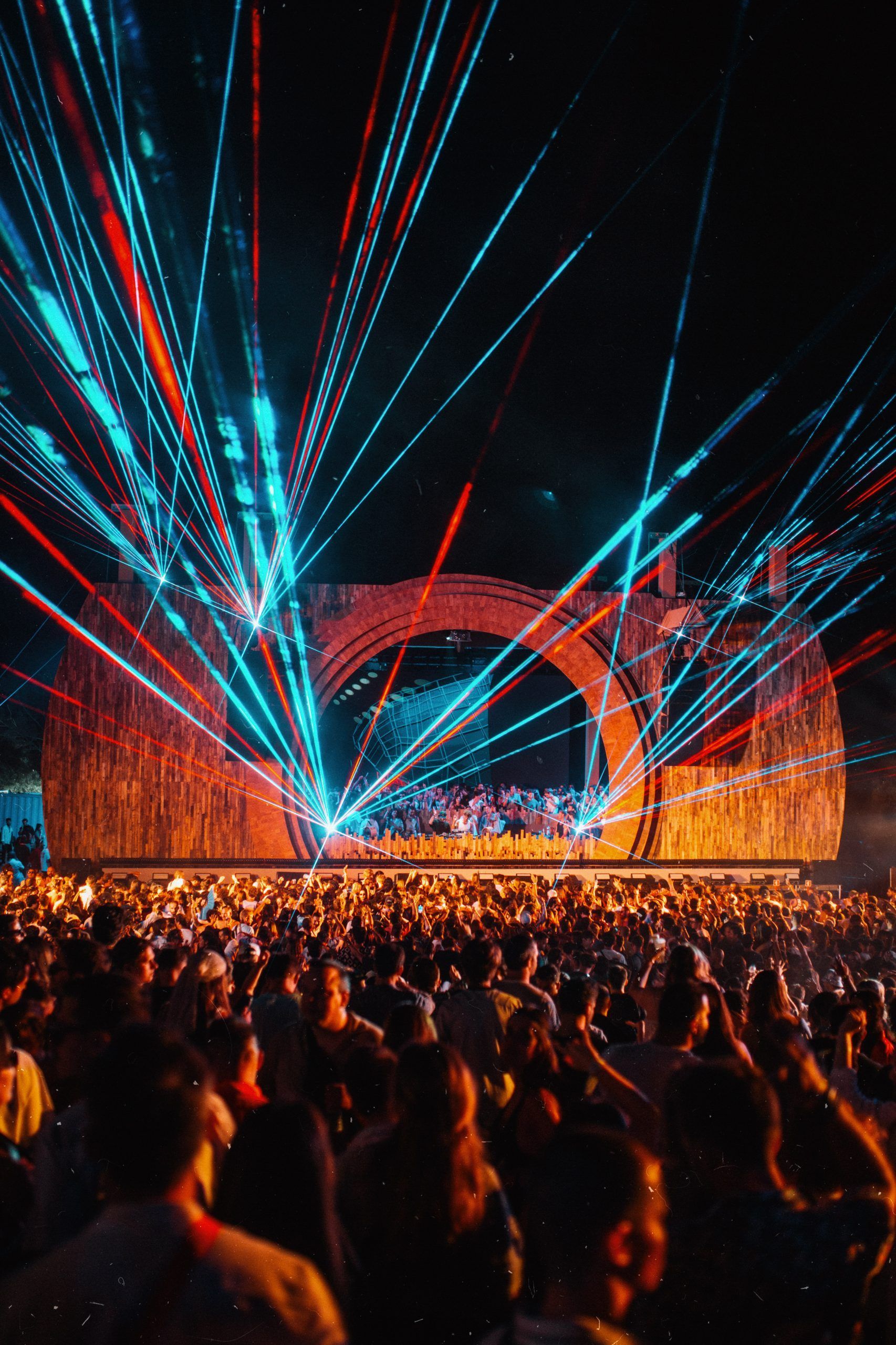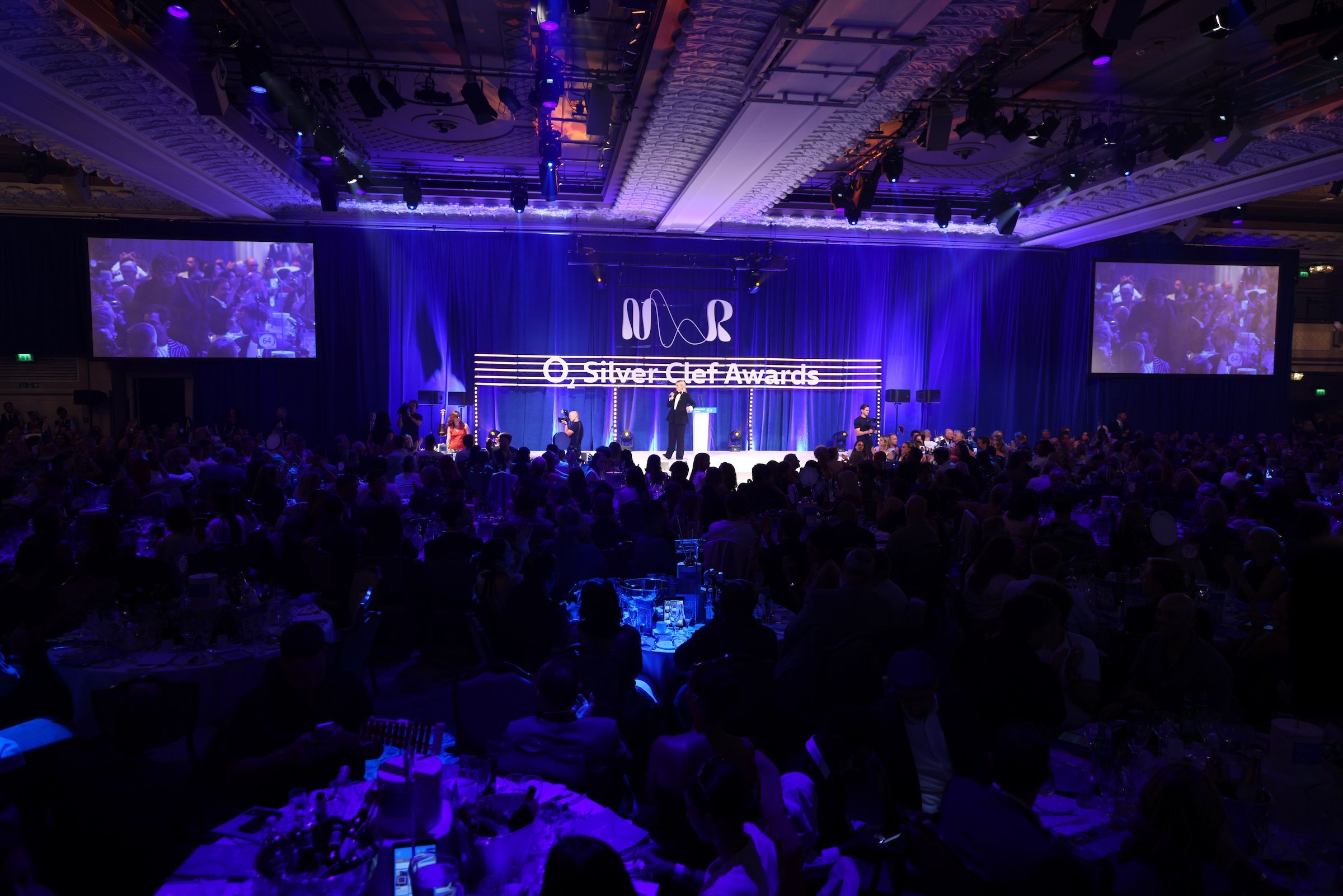There is something special about listening to an album on vinyl that simply cannot be replicated, as any audiophile will tell you. While we live in a time of subscription-based streaming, when we have access to all the world’s music. There is still a growing group of music fans who object to listening to anything but a vinyl spinning on a precisely calibrated record player.
Vinyl records have experienced a surprising return in the West. While it is important to know the fundamental parts of a vinyl record player. For a lot of music lovers, it is just as significant to know and understand the history of vinyl records as well.
In this article, we will briefly discuss the history of vinyl records.
What Are Vinyl Records?
Vinyl is a type of strong plastic that is constructed from chlorine and ethylene. A vinyl record contains music which can be loaded onto a record player, to listen to the finely tuned notes. The design for this product has gone through various changes over the years. While there are past reiterations, it wasn’t until 1948, that vinyl records started to become really popular.
Origins Of Vinyl Records
Edouard-Leon Scott, a French inventor, developed a specialized tool in 1857 that used a vibrating pen to graphically express sounds on little paper discs. This idea was adopted by Thomas Edison in 1878, and he developed it into a device that could play back the sounds that it had previously captured.
The first record player, the Gramophone, was patented by American inventor Emile Berliner, a little more than 10 years later. The device played a 7-inch rubber vulcanite disc with tiny lateral grooves etched into its exterior and required manual operation at 70 RPM.
Records underwent a series of material and formatting changes over the following 13 years. Until 1901, when the Victor Company introduced its Red Seal line, which could play shellac recordings in the form of 10 inch, 78 RPM discs. For the following 47 years, the 78 RPM format turned out to be the best in terms of formatting.
First Long Play Records Produced
The first LP (Long Play) vinyl record entered the market in 1948, thanks to CBS. This vinyl record was created by Peter Goldmark. It held around 21 minutes of music per side, was 12 inches wide, and played at a speed of around 33 1/3 RPM. This transformed the music business into the album-centric model that all of us still use today.
Soon after, RCA Victor released their own Record, which was only 7 inches long and rotated at 45 RPM. These vinyl record formats are still in use today and are once more becoming more and more popular.
The Decline Of Vinyl Records
In 1962, Phillips released the first cassette, which fiercely competed with vinyl. Consumers embraced the new technology since cassettes were much more portable. Also, they could be stopped, started, paused, fast-forwarded, or rewound with the push of a button.
Phillips started working on the Compact Disc (CD) in 1974, which would totally replace the vinyl industry in 1988. Only vinyl collectors and audiophiles remained devoted to this medium throughout the period of continuing decline in vinyl sales from 1988 to 1991.
This decline only deepened as music became a lot more digital and the rose of steaming services grew. It wasn’t until 2010, when things started to change for vinyl records.
The Revival
Despite decades of music being kept on computer hard drives as mp3s and mp4s, vinyl experienced a comeback in the late 2010s. The most vinyl records sold since 1991 was in January 2017. This is due to indie rock, the growth of additional record shops, and the uniqueness of the medium.
Vinyl sales have increased for ten years in a row. Vinyl records are becoming more and more popular today.
Conclusion
The vinyl record has had a very turbulent history. While it has come in and out of fashion many times, there is something special about vinyl records, which means they never truly disappear.
In recent years, the popularity for vinyl records has grown once again since its first surge in popularity in the 1940s. There is something special for music lovers to hear their favorite artists or songs on vinyl. Collecting vinyl records is also a hugely popular pastime.
We hope you have enjoyed this article. Now you should understand the history of the vinyl record and how it has got where it has today.





